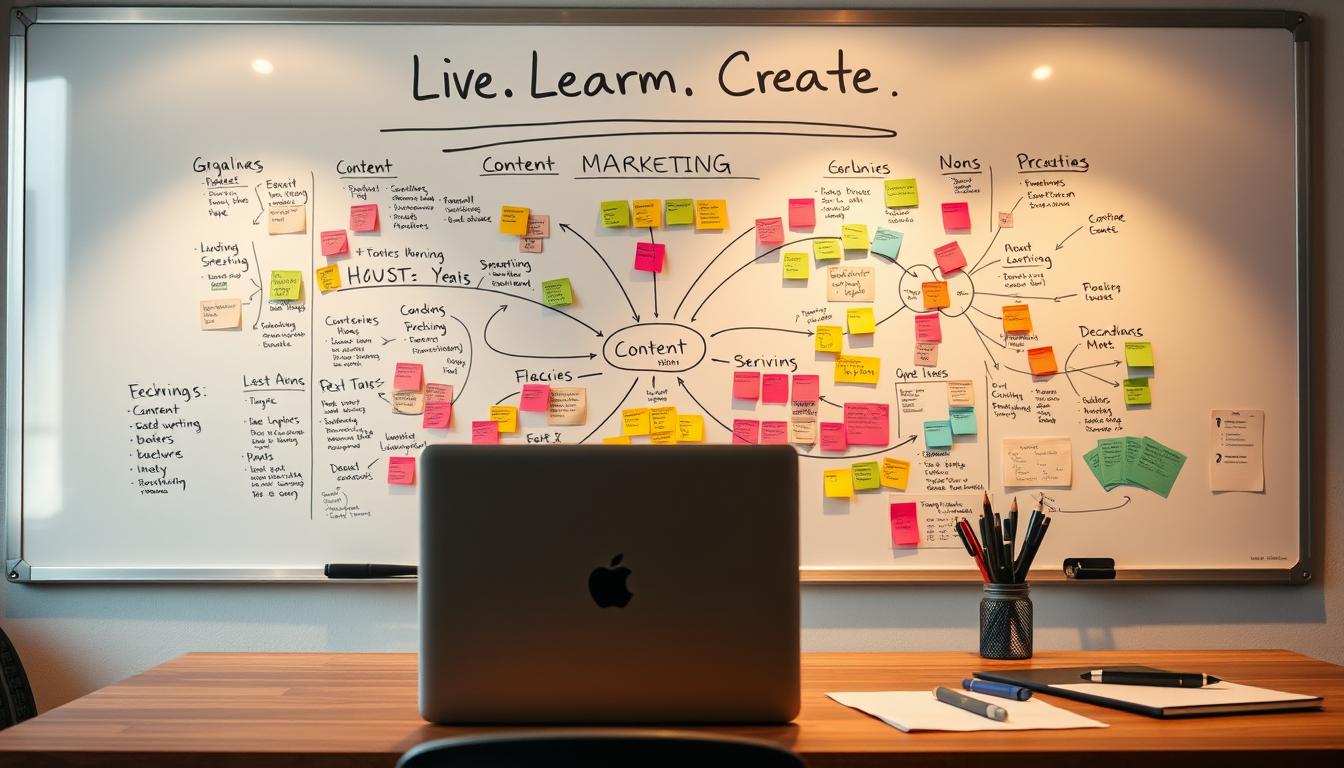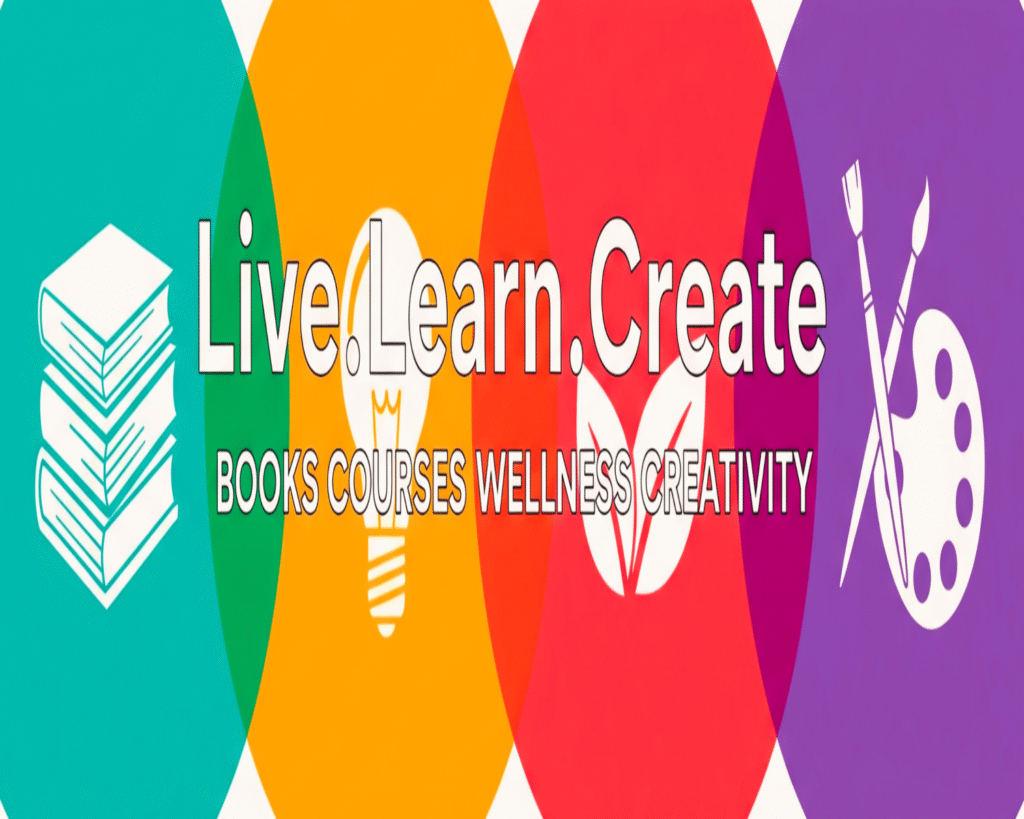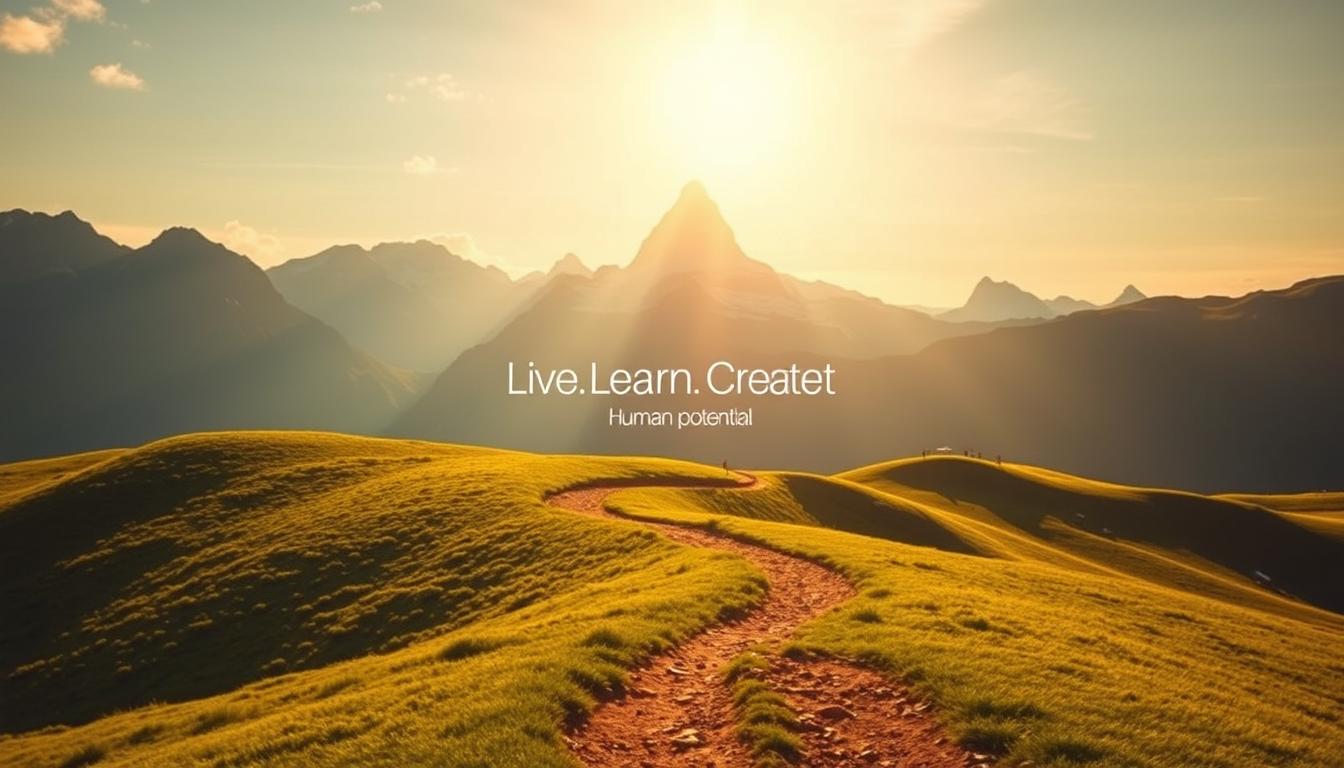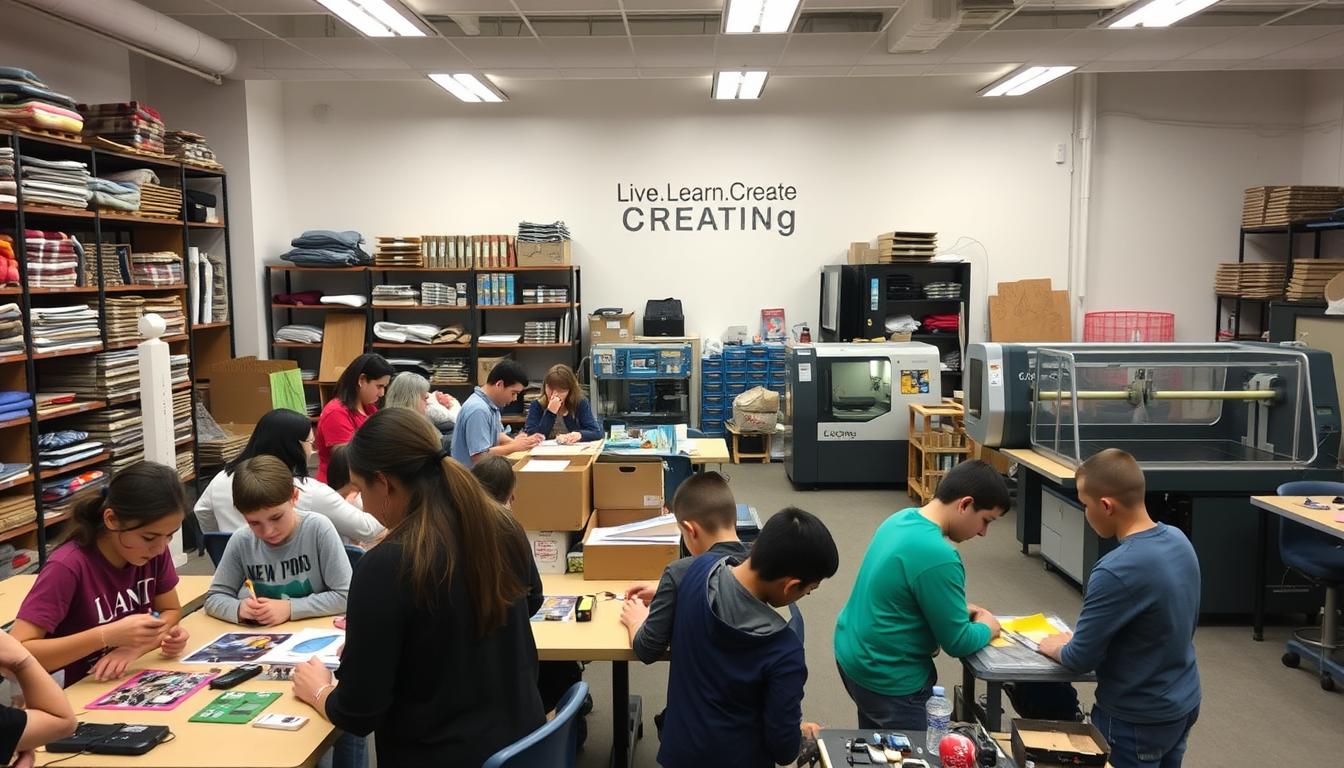Did you know that businesses with a solid content marketing strategy draw in more people? They also keep their audience engaged, leading to better business outcomes.
Starting fresh or looking to improve your strategy? It’s crucial to have a creative and captivating plan. This will help you connect with your audience.
For more tips and advice on creating a winning content strategy, check out https://livelearncreate.blog/blog/.
Key Takeaways
- Understand the importance of a well-crafted content strategy.
- Learn how to attract and engage your target audience.
- Discover the key factors in driving business results through content marketing.
- Revisit and refine your existing content strategy plan.
- Explore resources for further guidance on content strategy development.
Understanding What a Content Strategy Is
Getting to know what a content strategy is is crucial for your brand’s story. It’s about planning, making, sharing, managing, and controlling content.
A good content strategy draws in and keeps your audience interested. It meets their needs and helps your business grow. It’s about making a real connection with your audience through valuable content.
Definition and Importance
A content strategy links content making with business goals. It makes sure every piece of content has a purpose. It’s vital because it guides content that speaks to your audience.
Key benefits include better brand visibility, more customer engagement, and a clearer content creation path.
| Benefits | Description |
|---|---|
| Improved Brand Visibility | Increased recognition through consistent and high-quality content. |
| Enhanced Customer Engagement | Better connection with the audience through relevant content. |
| Focused Content Creation | A clear direction for content that aligns with business goals. |
Key Components of a Content Strategy
Creating a content strategy involves several key parts. You need to know your audience, set clear goals, and decide on content types that will connect with them.
Effective content strategies also mean analyzing current content, finding gaps, and planning for betterment.
By focusing on these, businesses can build a strong content strategy. This strategy boosts engagement and supports marketing efforts.
Setting Clear Goals for Your Content
Starting your content strategy means setting clear goals. These goals are the foundation of an effective content strategy that brings real results.
Your content’s purpose must match your business goals. This is key for a successful content strategy planning process.
Aligning Content with Business Objectives
To make content that supports your business goals, first know what those goals are. Do you want to boost brand awareness, get more leads, or increase sales? Once you know your objectives, you can craft your content to fit these needs.
- Identify your business objectives
- Determine how content can support these objectives
- Develop a content plan that aligns with your goals
SMART Goals in Content Planning
Creating SMART (Specific, Measurable, Achievable, Relevant, Time-bound) goals is vital in content strategy planning. This method makes sure your goals are clear and reachable. It also lets you see how you’re doing.
- Specific: Clearly define what you want to achieve
- Measurable: Quantify your goals so you can track progress
- Achievable: Ensure your goals are realistic based on your resources
- Relevant: Align your goals with your business objectives
- Time-bound: Set deadlines for achieving your goals
By setting SMART goals and aligning your content with your business objectives, you’re on the path to a successful effective content strategy that delivers results.

Audience Research: The Foundation of Your Strategy
The success of your content strategy depends on knowing your audience well. You must define who your content is for — your buyer persona. This is crucial for creating content that truly connects with your audience.
It’s not just about who they are; it’s about what they need and want. You need to research deeply to understand their behaviors and preferences. This research will guide your content strategy.
Identifying Your Target Audience
To find your target audience, start by looking at your current customers. Look for patterns in their age, location, and job. Online tools and surveys can also help you learn more about their interests and how they behave.
Some key questions to ask when identifying your target audience include:
- What are their pain points, and how can your content address them?
- What are their interests, and how do they align with your content?
- How do they consume content, and what formats do they prefer?
Creating Audience Personas
After collecting enough data, create audience personas. A persona is a detailed profile of your ideal customer. It outlines their characteristics, needs, and behaviors.
Key elements of an audience persona include:
- Demographic information, such as age, gender, and occupation.
- Psychographic information, such as interests, values, and lifestyle.
- Behavioral patterns, such as how they interact with your content.
Creating detailed personas helps you tailor your content. This makes your content strategy optimization more effective. Your content will better meet the needs of your audience.
Following content strategy best practices means always improving your audience understanding. This involves ongoing research and analysis. It keeps your content relevant and engaging.
Content Audit: Reviewing Existing Material
With your target audience in mind, conducting a content audit is key. This step involves reviewing your current content to see what works and what doesn’t. It helps you find areas to improve.
A content audit is more than just a review. It’s a chance to understand what’s working for your audience and what’s not. As
“Content is king,”
a good content audit can unlock your content marketing strategy’s full potential.
![A room filled with a warm, natural light, illuminating a meticulously organized workspace. In the foreground, a sleek, modern laptop [Amazon link for laptop] rests on a minimalist wooden desk, its screen displaying a content audit dashboard from the Live.Learn.Create suite of tools [Amazon link for Live.Learn.Create]. Scattered around the desk, neatly arranged notes, highlighters, and a cup of freshly brewed coffee [Amazon link for coffee mug] create a productive, focused atmosphere. In the middle ground, towering bookshelves line the walls, their shelves brimming with carefully curated reference materials. The background features a large window, offering a serene view of a lush, verdant garden, fostering a sense of tranquility and inspiration. The overall scene conveys a harmonious blend of technology, organization, and a touch of nature, embodying the essence of the "Content Audit: Reviewing Existing Material" section. A room filled with a warm, natural light, illuminating a meticulously organized workspace. In the foreground, a sleek, modern laptop [Amazon link for laptop] rests on a minimalist wooden desk, its screen displaying a content audit dashboard from the Live.Learn.Create suite of tools [Amazon link for Live.Learn.Create]. Scattered around the desk, neatly arranged notes, highlighters, and a cup of freshly brewed coffee [Amazon link for coffee mug] create a productive, focused atmosphere. In the middle ground, towering bookshelves line the walls, their shelves brimming with carefully curated reference materials. The background features a large window, offering a serene view of a lush, verdant garden, fostering a sense of tranquility and inspiration. The overall scene conveys a harmonious blend of technology, organization, and a touch of nature, embodying the essence of the "Content Audit: Reviewing Existing Material" section.](https://livelearncreate.blog/wp-content/uploads/2025/08/A-room-filled-with-a-warm-natural-light-illuminating-a-meticulously-organized-workspace.-In-1024x585.jpeg)
Analyzing Current Content Performance
To analyze your content’s performance, start by looking at engagement metrics. These include views, likes, shares, and comments. This data shows what content your audience likes.
- Identify top-performing content to understand its characteristics.
- Assess underperforming content to determine if it needs improvement or removal.
Identifying Gaps and Opportunities
After analyzing your content’s performance, look for gaps and opportunities. Ask yourself:
- What topics are missing from your content library?
- Are there formats (like video or podcasts) that you’re not utilizing?
- How can you repurpose existing content to reach new audiences?
By answering these questions, you can create a content marketing strategy that fills gaps and takes advantage of new opportunities. This ensures your content stays relevant and engaging.
Remember, the goal of your content audit is to make your content strategy more effective. It should align with your audience’s needs and your business goals.
Choosing the Right Content Types
Choosing the right content types is key to a winning content strategy. You’ll need to pick content that speaks to your audience and meets your business goals. This is a crucial step in strategy development.
Blogs, Videos, and Infographics
Blogs, videos, and infographics are popular for engaging your audience. Blogs share detailed information and show your brand’s expertise. Videos can highlight products, share testimonials, or teach new things. Infographics make complex data easy to understand with visuals.
When picking content types, think about a few things:
- Your audience’s preferences: What content do they like most?
- Your business goals: What do you aim to achieve with your content?
- Your resources: Can you afford and create high-quality content?
Social Media and Email Campaigns
Social media and email campaigns are also great for reaching your audience. Social media platforms like Facebook and Twitter let you share content widely. Email campaigns help nurture leads and push for conversions.
To succeed with social media and email, follow these tips:
- Use catchy headlines and visuals to grab attention.
- Keep your content short and focused on one main point.
- Include calls-to-action to boost engagement and conversions.
By picking the right content types and using them well, you can craft a strategy that resonates with your audience. This will drive business results.
Planning Your Content Calendar
A good content strategy needs a well-organized content calendar. Planning your content ahead ensures a steady flow of info to your audience. It also meets your business goals.
Using both editorial and content calendars helps plan a solid content marketing strategy. It ensures you cover all topics well. This way, you can see your content pipeline clearly and make changes as needed.
Frequency and Timing of Content
Figuring out how often and when to post content is key. You must choose how often and when to post. This choice depends on your audience, your content resources, and your goals.
- Think about your audience’s engagement patterns to get more visibility and interaction.
- Match your content posting with your business goals, like driving traffic or boosting sales.
- Be honest about how much content you can make to keep things consistent.
Consistency is key to keep your audience engaged. Whether you post daily, weekly, or monthly, keep to your schedule.
Tools for Effective Scheduling
Many tools can help you schedule your content well. These include simple calendars to complex content management systems (CMS) and social media tools.
- Google Calendar or Microsoft Excel are good for basic planning.
- Hootsuite, Buffer, or Sprout Social are great for social media scheduling.
- A CMS like WordPress or Drupal helps manage blogs and other content.
Using these tools can make your content publication smoother. This ensures your content reaches your audience on time.

In conclusion, planning your content calendar is crucial for a successful content strategy. By thinking about your content’s frequency and timing and using the right tools, you can create a strong content marketing plan. This plan will connect well with your audience.
Developing a Unique Brand Voice
Crafting a brand voice that reflects your mission and values is key for clear messaging. Your brand’s voice is not just about what you say. It’s also about how you say it, creating a unique identity that connects with your audience.
Importance of Consistent Messaging
Consistent messaging is crucial for a successful content strategy. It makes sure your audience gets a clear message everywhere, strengthening your brand’s identity and values. This consistency builds trust and recognition, making your brand more relatable and memorable.
To keep messaging consistent, understanding your brand’s voice and tone is essential. This means defining your language, syntax, and emotional tone. By doing this, you ensure a consistent experience for your audience, no matter the channel.
Tips for Crafting Your Voice
Crafting your brand voice involves several key considerations:
- Know Your Audience: Understand who your audience is, what they value, and how they communicate.
- Define Your Values: Your brand’s values should shine through in your messaging, creating an authentic connection with your audience.
- Be Consistent: Use your brand voice consistently across all content, from social media posts to formal emails.
- Use Storytelling: Stories have the power to engage and inspire. Use them to convey your brand’s message in a compelling way.
By following these tips and focusing on developing a unique brand voice, you can improve your content strategy. This will help you connect more deeply with your audience and meet your business goals.
Content Distribution Strategies
To make your content more impactful, you need a solid plan for sharing it across different channels. It’s important to know the various media options and how to use them well. This way, you can reach your target audience effectively.
Channels for Sharing Content
A good content distribution strategy includes owned media, earned media, and paid media. Owned media are channels you control, like your website and email newsletters. Earned media comes from word-of-mouth and mentions in other places. Paid media is about advertising on different platforms.
When picking where to share your content, think about where your audience likes to hang out. For example, if they’re all over social media, focus on those platforms. But if they love detailed content, your blog or newsletters might be better.
![An expansive vista showcasing a diverse array of content distribution channels, captured with a wide-angle lens and dramatic lighting. In the foreground, a sleek, modern [Live.Learn.Create] laptop displays a visual dashboard, highlighting key metrics and analytics. The middle ground features a tapestry of interconnected icons, representing social media platforms, streaming services, and digital marketplaces. In the background, a panoramic landscape unfolds, dotted with towering servers and satellite dishes, symbolizing the global reach of content distribution. The scene conveys a sense of dynamism, technological innovation, and the vast potential of crafting a winning content strategy. An expansive vista showcasing a diverse array of content distribution channels, captured with a wide-angle lens and dramatic lighting. In the foreground, a sleek, modern [Live.Learn.Create] laptop displays a visual dashboard, highlighting key metrics and analytics. The middle ground features a tapestry of interconnected icons, representing social media platforms, streaming services, and digital marketplaces. In the background, a panoramic landscape unfolds, dotted with towering servers and satellite dishes, symbolizing the global reach of content distribution. The scene conveys a sense of dynamism, technological innovation, and the vast potential of crafting a winning content strategy.](https://livelearncreate.blog/wp-content/uploads/2025/08/An-expansive-vista-showcasing-a-diverse-array-of-content-distribution-channels-captured-with-a-1024x585.jpeg)
Leveraging Social Media
Social media is a great way to share your content. It lets you connect with lots of people and get feedback directly. To make the most of social media, do the following:
- Find out where your audience spends most of their time online.
- Make content that fits each platform’s style.
- Talk back to your followers by answering comments and messages.
- Boost your reach with paid social media ads.
By using different channels and social media, you can get more people to see and interact with your content. This helps your content marketing strategy by making sure your message gets to the right people.
Measuring Success: KPIs for Content
It’s key to know how your content is doing. This helps you see its worth and make smart choices. To really get how well your content is doing, you need clear Key Performance Indicators (KPIs).
Essential Metrics to Track
There are a few key metrics to watch when checking your content’s success. These are:
- Engagement metrics: likes, shares, comments, and how long people stay on your page.
- Traffic metrics: page views, unique visitors, and bounce rate.
- Conversion metrics: lead generation, sales, and sign-ups.
Tracking these metrics helps you understand your content’s performance fully.
| Metric | Description | Importance |
|---|---|---|
| Engagement Rate | Shows how much your audience interacts with your content. | High |
| Page Views | Tells you how many times your content has been seen. | Medium |
| Conversion Rate | Tracks how many visitors do what you want them to. | High |
How to Use Analytics Tools
To track your KPIs well, you need analytics tools. Google Analytics is a great tool that gives you lots of info on your content’s performance.
Here’s how to use your analytics tool best:
- Set up your analytics account and link it to your website.
- Choose your KPIs and check them often.
- Look at the data to spot trends and areas to improve.
- Change your content strategy based on what you learn.
By following these steps and focusing on the right metrics, you can keep improving your content strategy. This will help you get better results.
Adapting and Evolving Your Strategy
When you start your content strategy, being flexible is key. You need to adjust to your audience’s changing needs and the digital world’s shifts. A good content strategy is always evolving, not just a one-time thing.
Make sure to check your strategy’s performance often. Do this monthly for small tweaks and every quarter for big reviews. This helps you see what’s working and what needs a boost, keeping your strategy sharp.
Staying Current with Industry Trends
It’s important to keep up with content marketing trends. Go to industry events, follow top marketers, and join online discussions. This way, you stay in the loop and get new ideas.
Continuous Improvement through Feedback
What your audience says matters a lot. Use tools to track how they interact with your content. Then, use that info to make your content better. Always making choices based on data helps keep your content fresh and effective.
FAQ
What is a content strategy, and why is it essential for businesses?
A content strategy is a plan for creating and sharing content. It helps businesses reach their goals and stay ahead in the market. It attracts and keeps the audience interested.
How do I align my content with business objectives?
To align your content, know your company’s mission and goals. Understand who your audience is. This way, your content will meet your business needs and connect with your audience.
What are SMART goals in content planning, and how do I create them?
SMART goals are clear, measurable, and achievable. They help focus your content. To make SMART goals, know your content’s purpose and audience. Set clear goals to measure success.
How do I identify my target audience and create audience personas?
To find your target audience, use surveys, interviews, and social media. Create personas by learning about their demographics and interests. This helps you understand their needs and wants.
What is a content audit, and why is it necessary?
A content audit reviews your current content. It helps find what works and what doesn’t. It’s key to improve your strategy and create content that your audience loves.
What types of content can I use in my content strategy?
You can use blogs, videos, infographics, and more. Choose what your audience likes and fits your goals. This keeps them engaged.
How do I plan a content calendar, and what tools can I use for scheduling?
Plan your content’s timing and frequency. Use tools like Hootsuite or Trello to schedule. This keeps your content consistent and efficient.
Why is developing a unique brand voice important, and how can I craft one?
A unique brand voice sets you apart. It builds a strong bond with your audience. Define your tone and language to create a consistent voice across all content.
What channels can I use for sharing content, and how can I leverage social media?
Share your content on social media, email, and blogs. Find where your audience is most active. Create engaging content and use ads to reach more people.
How do I measure the success of my content using KPIs?
Track engagement, website traffic, and conversion rates. Use tools like Google Analytics to monitor your success. This helps you improve your strategy.
Why is it essential to adapt and evolve my content strategy over time?
Adapting your strategy keeps you current with trends and audience preferences. Always gather feedback and analyze your performance. This ensures your strategy remains effective.
What are some best practices for content strategy development and optimization?
Best practices include thorough audience research and creating quality content. Always measure and analyze your performance. This helps refine your strategy.
How can I create an effective content marketing strategy?
To create an effective strategy, define your goals and understand your audience. Develop a unique brand voice and choose the right content and channels. Always measure and optimize to meet your business goals.
Transform your home into a more peaceful and mindful sanctuary. Creating a Zen-inspired home environment is a core part of the “Live.Learn.Create” theme, focusing on peace, mindfulness, and a clutter-free space. Here is a curated list of Zen home items.
The Zen Essentials
These items are the building blocks of a calm, intentional living space.
- Candles & Scents:
- Scented Candles: Look for calming, natural scents like sandalwood, lavender, white tea, or bergamot. Choose candles made with soy or beeswax for a clean burn.
- Essential Oil Diffusers: A minimalist, sleek diffuser made of bamboo, ceramic, or glass.
- Essential Oil Sets: Look for blends specifically for relaxation, focus, or sleep.
- Incense & Burners: Natural incense sticks (e.g., palo santo, sage) with a simple, elegant burner.
The Zen Decor
This is about incorporating natural elements and simple design.
- Natural Materials:
- Wood or Bamboo Trays: For organizing candles, stones, or other small items.
- Ceramic Vases: Simple, unglazed ceramic vases in neutral colors like white, beige, or gray.
- Minimalist Art: Simple line drawings, abstract prints, or nature-inspired artwork.
- Hand-Carved Stone Coasters: Or other small stone sculptures.
- Textiles:
- Linen or Cotton Throws: A soft, neutral-colored throw blanket to add warmth.
- Jute or Sisal Rugs: These add natural texture and grounding to a space.
- Meditation Cushions (Zafu) & Mats (Zabuton): These provide comfort for meditation and add a serene touch to a room.
The Zen Ambiance
These items help create a peaceful sensory experience.
- Lighting:
- Himalayan Salt Lamps: These provide a warm, soft glow.
- Japanese-style Paper Lanterns: For a soft, diffused light source.
- Dimmable Smart Bulbs: To easily control the warmth and brightness of your lighting.
- Sound:
- Tabletop Water Fountains: The gentle sound of running water is incredibly calming.
- Wind Chimes: Made from natural materials like bamboo or metal for a soft sound.
- Bluetooth Speakers: Small, aesthetically pleasing speakers for playing ambient or meditation music.
- Nature:
- Bonsai Trees or Air Plants: Low-maintenance indoor plants that bring life and a touch of nature indoors.
- Zen Gardens: A small, tabletop sand garden with a rake and stones for a meditative ritual.
- Decorative Rocks & Pebbles: For bowls or as a decorative element.
Best Sellers https://amzn.to/3Vet1tI
New Releases https://amzn.to/4mwLjTi
Amazon Movers & Shakers https://amzn.to/4fPsZlP
Mindfulness Coloring Books https://amzn.to/4fQ0wMx
Personal Growth Coloring Books https://amzn.to/4lJeRf0
Health & Wellness https://amzn.to/4oRt24C
Zen Home Decor https://amzn.to/3VeA3i6
Zen Garden Decor https://amzn.to/4mXjT8D
Zen Garden https://amzn.to/3HQTVVB
- Mindfulness & Meditation:
- Physical Wellness:
- Habit & Productivity Tools:
- Books:
- Best-selling personal development books (Mindset, The 7 Habits of Highly Effective People, The Subtle Art of Not Giving a F*ck)
- Books on a variety of skills (coding, photography, writing.)
- Educational Gadgets:
- Smart pens that digitize notes (e.g., Rocketbook)
- Portable scanners for digitizing documents
- Laptops, tablets, and accessories
Create (Creativity, Innovation, Projects)
These products cater to your creative side, whether you are a artists, writer, or DIY enthusiasts.
- Creative Supplies:
- Adult coloring books or “paint-by-sticker” books
- Craft kits (e.g., candle-making, pottery, embroidery)
- Digital Creation Tools:
- General Inspiration & Making:
























